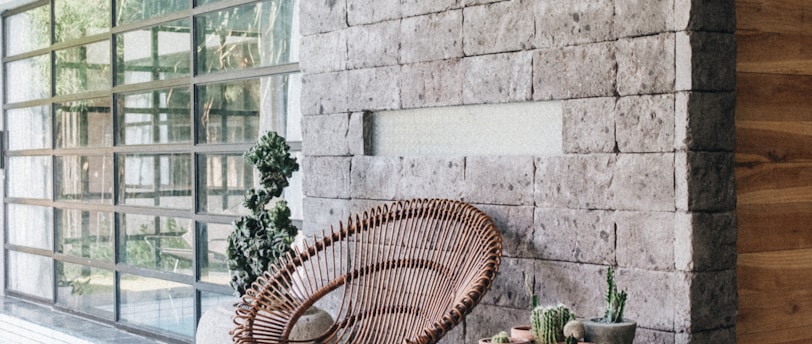How to Create a Cohesive Indoor-Outdoor Living Space
Learn how to design a cohesive indoor-outdoor living space that’s functional, stylish, and connected to nature
INTERIOR DESIGN
1/9/20252 min read


Blurring the boundaries between indoor and outdoor living is a design trend that continues to grow in popularity. A well-integrated indoor-outdoor space not only enhances the flow of your home but also maximizes functionality and creates a peaceful connection with nature. Here’s how to design a cohesive living area that effortlessly blends the indoors with the outdoors.
1. Use Consistent Materials and Colours
To achieve a seamless indoor-outdoor flow, use consistent materials and colours throughout both spaces. Flooring is a great starting point—opt for materials like timber, polished concrete, or stone tiles that can transition between areas. Similarly, extend your interior’s colour palette to your outdoor space. Neutral tones and natural textures help unify the two areas, creating a harmonious environment.
2. Install Large Glass Doors or Windows
One of the easiest ways to merge indoor and outdoor living is by using large glass doors or windows. Sliding, folding, or bi-fold doors create an uninterrupted visual connection between the two spaces, even when closed. These features allow natural light to flood your interior, making your home feel more open and inviting while maintaining a visual link to your outdoor area.
3. Incorporate Functional Outdoor Furniture
Choose outdoor furniture that mirrors the style and comfort of your indoor furnishings. Plush seating, weather-resistant materials, and coordinated décor can make your patio or garden feel like a true extension of your home. Add throw pillows, outdoor rugs, and lighting to create a cohesive and comfortable aesthetic that encourages relaxation and entertaining.
4. Bring Nature Indoors
Bringing elements of nature into your home strengthens the connection between indoor and outdoor spaces. Consider adding potted plants, vertical gardens, or even a water feature to your interior. These elements not only enhance the ambiance but also create continuity with your outdoor design, blurring the lines between the two environments.
5. Create a Unified Flow with Lighting
Lighting plays a crucial role in integrating indoor-outdoor living spaces. Use similar lighting fixtures and designs in both areas to ensure continuity. Install dimmable lights indoors and outdoor string lights or lanterns to create a cozy, inviting atmosphere during the evening. Proper lighting enhances the usability of both spaces and sets the mood for any occasion.
Conclusion
A cohesive indoor-outdoor living space enhances your home’s functionality, beauty, and connection to nature. By using consistent materials, large windows, functional furniture, natural elements, and unified lighting, you can create a seamless transition between your indoor and outdoor areas.
Click here to book a consultation with our interior design experts and start transforming your home today!
